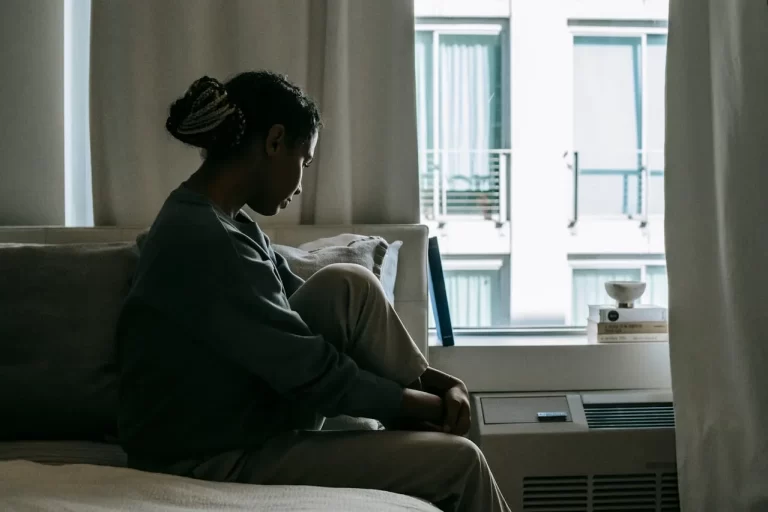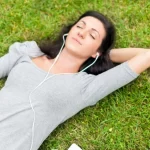Key Points
- Seasonal depressive states—commonly known as Seasonal Affective Disorder (SAD)—are linked to reduced light exposure, circadian rhythm disruption, and neurotransmitter imbalances.
- Symptoms often include low mood, lack of motivation, appetite changes, and sleep problems during fall and winter.
- Light therapy, exercise, nutrition, and mindfulness are among the most evidence-based coping strategies.
- Prevalence varies by geography, gender, and risk factors, with some groups more vulnerable than others.
- Professional therapies such as cognitive-behavioural therapy (CBT) and guided therapy options can further reduce the impact on well-being.
A Seasonal Shadow on Mental Well-being
Each winter, as daylight hours shrink, millions of people experience more than just a craving for cosy blankets and hot drinks. For some, shorter days bring persistent low mood, sluggish energy, and difficulty concentrating—a cluster of symptoms recognised as seasonal depressive states. Left unaddressed, these seasonal mood shifts can weigh heavily on productivity, relationships, and overall health.
Why Seasonal Depressive States Deserve Attention
Many people notice their mood dipping as the days get shorter, but for some, it’s more than just a seasonal slump. Research shows that about 5% of adults experience Seasonal Affective Disorder (SAD) each year, while a milder form—often described as the “winter blues”—affects around 9–10%. While often dismissed as temporary mood dips, unmanaged symptoms can disrupt work, worsen existing health concerns, and increase the risk of prolonged depressive states. Understanding what drives these seasonal shifts empowers people to take proactive steps before symptoms escalate.
Recognising the Signs: How Seasonal Shifts Affect Daily Life
Symptoms usually emerge in late fall and ease in spring, following a predictable seasonal rhythm. Common signs include:
- Persistent low mood or loss of interest in daily activities
- Sleep problems—often oversleeping yet still feeling tired
- Increased cravings for carbohydrates and changes in appetite
- Difficulty concentrating, irritability, and reduced motivation
- Social withdrawal or loss of enjoyment in personal connections
The Science Behind Seasonal Mood Shifts
Researchers have identified several mechanisms that explain why seasonal depressive states occur:
- Light and Circadian Rhythm Disruption: Reduced sunlight interferes with the body’s internal clock, misaligning sleep-wake cycles and daily energy regulation.
- Neurotransmitter Changes: Lower serotonin levels—a brain chemical linked to mood—and increased melatonin production contribute to lethargy, low mood, and altered sleep patterns..
- Genetic and Demographic Factors: Women and younger adults are more likely to experience seasonal depressive states, with prevalence highest in northern latitudes, where winter days are shorter.
Evidence-Based Strategies to Manage Seasonal Depressive States
1. Light Therapy for Mood Regulation
Exposure to bright artificial light (10,000 lux) for 20–30 minutes each morning has been shown to reduce symptoms by mimicking natural sunlight and restoring circadian balance.
2. Movement and Outdoor Activity
Regular physical activity—especially outdoors—boosts serotonin, endorphins, and energy. Even a brisk 20-minute walk can significantly reduce symptom severity.
3. Nutrition That Supports Brain Health
Balanced meals rich in omega-3 fatty acids, vitamin D, and complex carbohydrates may help stabilise energy and support neurotransmitter function.
4. Sleep Optimisation and Routine
Consistent sleep-wake times improve circadian alignment, while limiting screen use before bed reduces melatonin disruption.
5. Mindfulness and Stress-Relief Practices
Meditation, journaling, and breathwork can ease anxious thoughts and improve emotional resilience during the winter months.
6. Professional Support and Structured Therapies
Cognitive-behavioura therapy (CBT) tailored for seasonal depressive states has demonstrated long-lasting benefits. In more severe cases, health professionals may also consider medication alongside lifestyle changes.
Real-World Outcomes: What Research Shows
Recent research from 2020–2025 suggests that different solutions for seasonal depressive states work in distinct ways. Light therapy often provides quicker symptom relief, especially for low energy and disrupted sleep, while psychological approaches such as CBT-SAD offer more durable benefits, partly because they help change seasonal thinking patterns and coping behaviours.
Together, these findings support a layered approach: combining environmental strategies (like bright-light exposure), behavioural adjustments (sleep timing, outdoor light, activity routines), and therapeutic tools can create a more stable foundation for mood across winter months — even though large combined-therapy studies are still lacking.
Taking the Next Step Toward Better Seasonal Mental Health
Seasonal depressive states can feel overwhelming, but they are manageable. By addressing the root causes—light, circadian rhythm, and brain chemistry—while adopting evidence-based coping strategies, individuals can protect their well-being throughout the darker months. For persistent or severe symptoms, consulting a health professional provides safe, tailored guidance and improves long-term outcomes.
This blog post aims to be informational and should not replace professional health advice. Always consult with a health professional for personalised advice.
Subscribe for Free for more insightful health articles tailored to your needs.
Sources
- Kim K, Kim J, Jung S, Kim HW, Kim HS, Son E, et al. Global prevalence of seasonal affective disorder by latitude: A systematic review and meta-analysis. Journal of Affective Disorders [Internet]. 2025 Jul 3;390:119807. Available from: https://www.sciencedirect.com/science/article/pii/S0165032725012492
- Melton S, Wieland S, Bastounis A, Carter T. Cognitive behavioural therapy for seasonal affective disorder: a systematic review and meta-analysis. The Cognitive Behaviour Therapist. 2025;18.
- Rohan KJ, Burt KB, Norton RJ, Perez J, Iyiewuare P, Terman JM. Change in Seasonal Beliefs Mediates the Durability Advantage of Cognitive-Behavioral Therapy Over Light Therapy for Winter Depression. Behavior Therapy [Internet]. 2022 Dec 7;54(4). Available from: https://www.sciencedirect.com/science/article/pii/S000578942200137X?via%3Dihub
- Munir S, Abbas M. Seasonal Depressive Disorder [Internet]. Nih.gov. StatPearls Publishing; 2022. Available from: https://www.ncbi.nlm.nih.gov/books/NBK568745/
- MedlinePlus. Seasonal affective disorder: MedlinePlus Medical Encyclopedia [Internet]. Medlineplus.gov. 2022 [cited 2025 Nov 29]. Available from: https://medlineplus.gov/ency/article/001532.htm





Solid tips—simple, real-world advice that brightens those darker days
Appreciate the friendly, down-to-earth style. Great ideas for lifting your mood